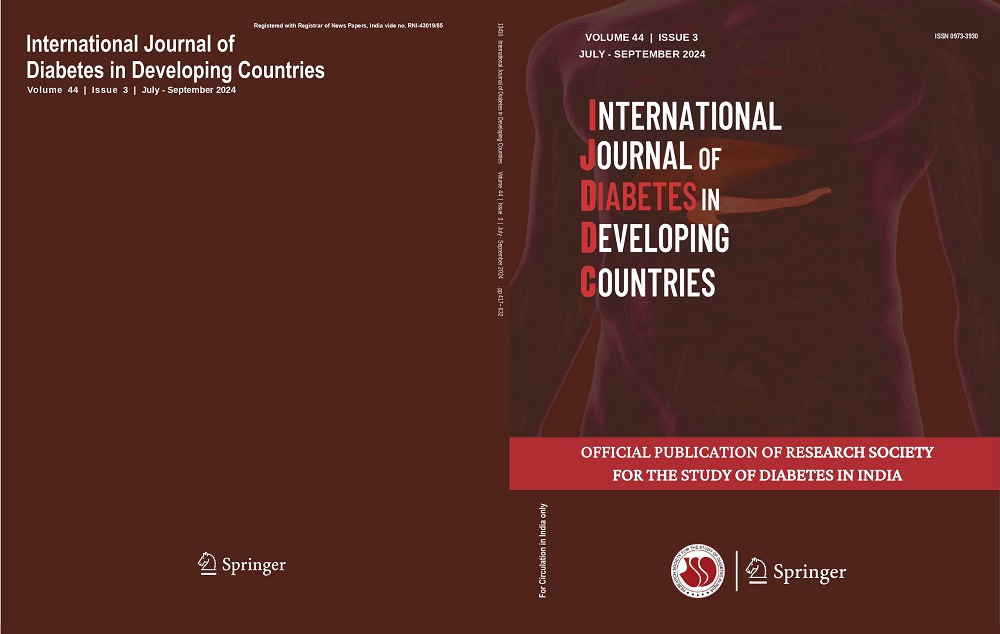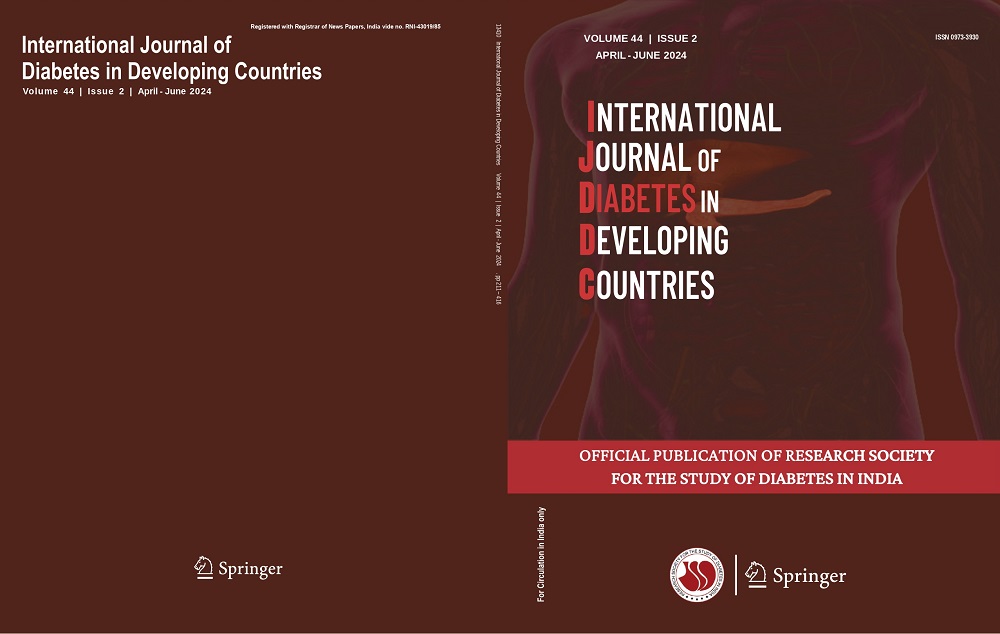Andallu Bondada, Vinay Kumar Allagadda Venkata, Varadacharyulu Nallanchakravarthula
Keywords
Antioxidants • Mulberry leaves • Oxidative stress • STZ-diabetes
Abstract
To assess the influence of mulberry (Morus indica L.) leaves on antioxidants and antioxidant enzymes in STZ-diabetic rats as the leaves of mulberry (Morus indica L.) of Moraceae, are reported to be rich in a no. of bioactive principles i.e. antioxidant vitamins, flavonoids and moracins that can fight against oxidative stress in diabetes. STZ-diabetic rats were treated with dried mulberry leaves incorporated in the feed at 25 % level (as per dose response) for 8
weeks in standard experimental conditions in comparison with diabetic glibenclamide–treated and diabetic control rats. At the end of experimental period, fasting blood glucose, serum non-enzymatic antioxidants, hepatic lipid peroxida-tion and antioxidant enzymes were assayed in all the exper-imental groups. Hyperglycemia, a 274 % (P<0.01) rise in fasting blood glucose and increased oxidative stress as shown by a two fold increase in lipid peroxidation in hepatic tissue, decreased serum non enzymatic antioxidants viz. vit.C (51 %) and E (47 %), significantly decreased activities of hepatic antioxidant enzymes such as glucose-6-phosphate dehydrogenase (43 %), glutathione peroxidase (41 %) and superoxide dismutase (44 %) and significantly increased activity of catalase (39 %) in STZ-diabetic rats were ameliorated by mulberry leaves which is evidenced by significant fall in fasting glucose, and lipid peroxidation, rise in antioxidants as well as the activities of defense enzymes and decrease in the activity of catalase while the antidiabetic drug, glibenclamide showed lesser effects than mulberry leaves. Mulberry leaves protected STZ-diabetic rats against oxidative stress by improving antioxidants and the activities of defense enzymes and controlling hyperglycemia and lipid peroxidation in a better way than the drug.




